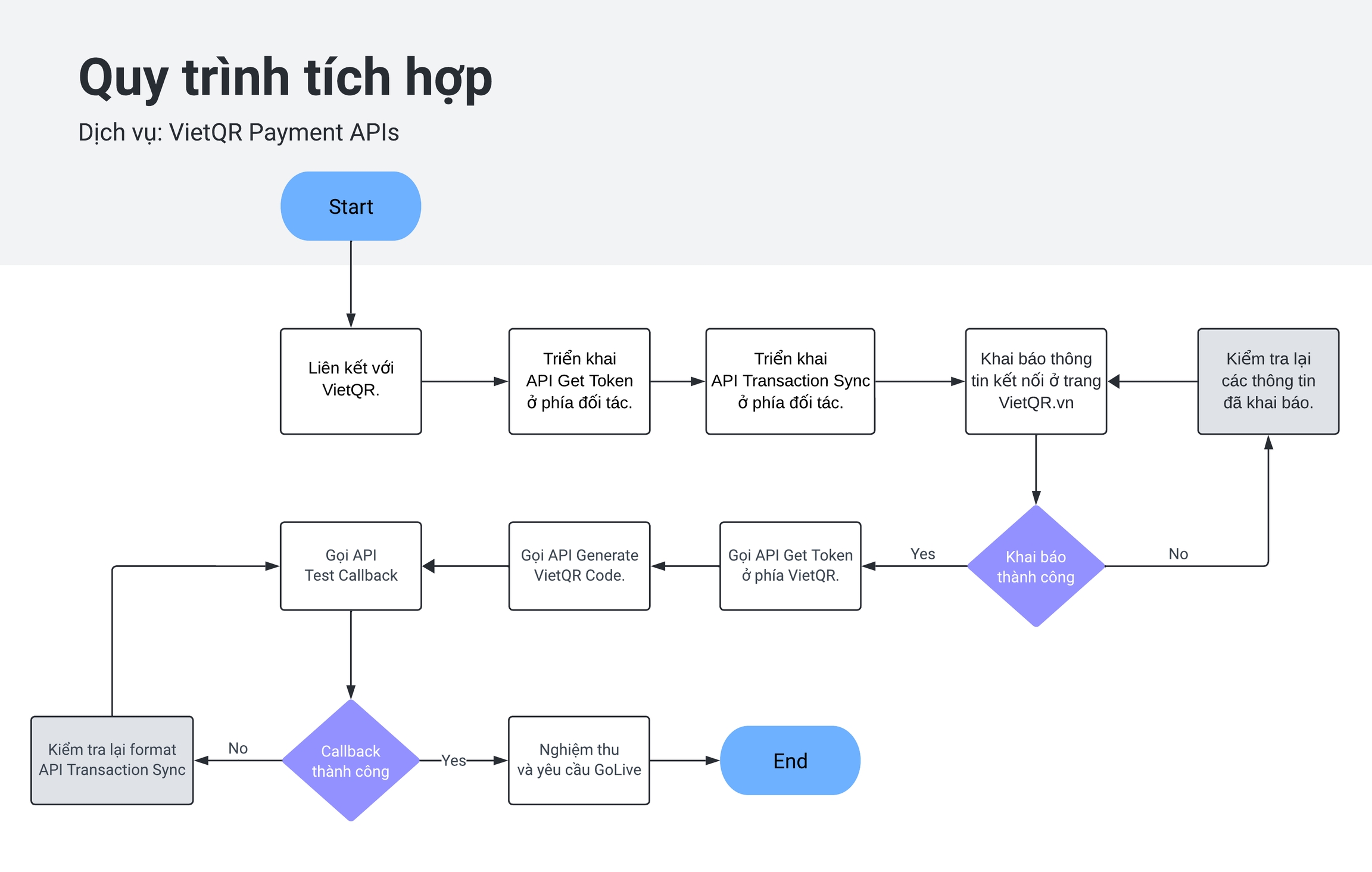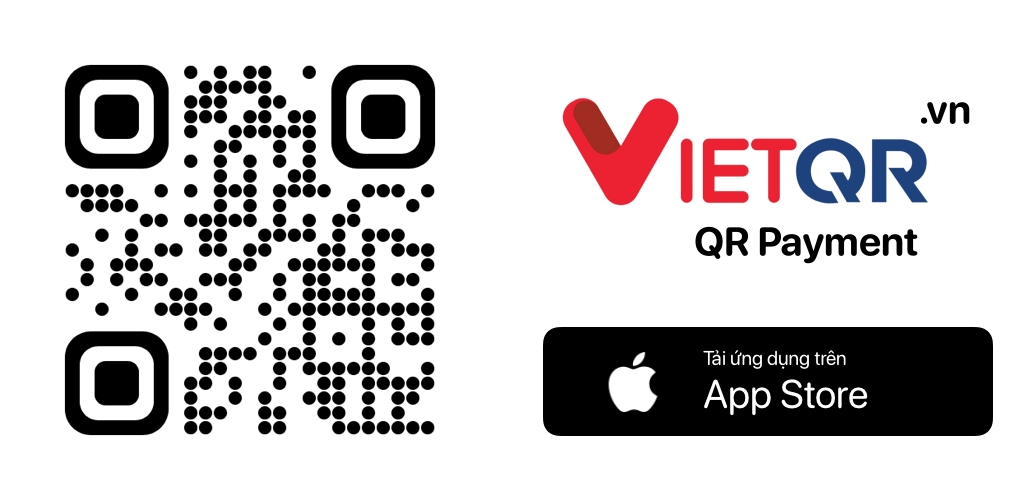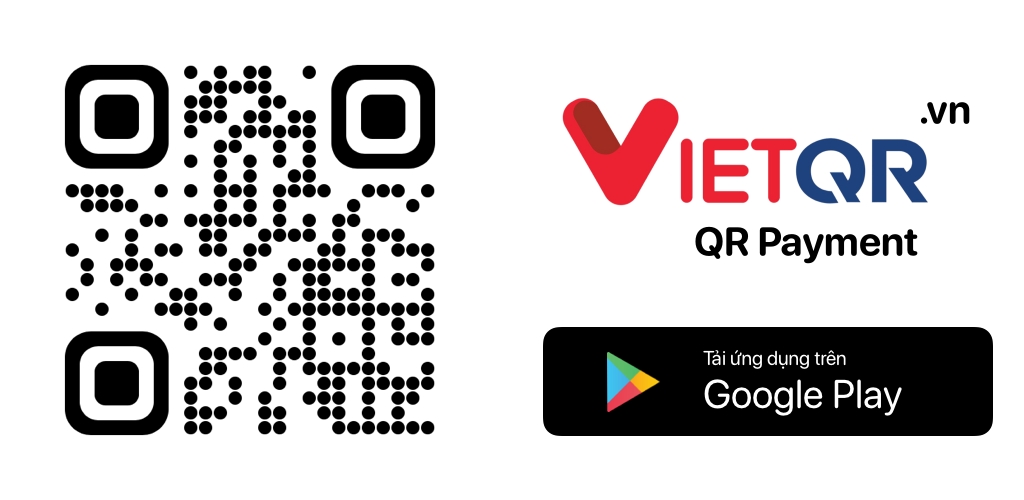
Overview
VietQR and Open API Banking VietQR provide a one-time connection solution for all banks, enabling businesses to manage payments easily and efficiently.
VietQR and Open API Banking VietQR provide a one-time connection solution for all banks, allowing businesses to manage payments easily and efficiently.. 👍
API for Payment Reconciliation with Banks
VietQR service is an open solution that enables flexible connectivity between banking systems and businesses. With this solution, businesses can allow customers to use bank accounts or e-wallets to make payments for services across multiple platforms, including websites, mobile applications, point-of-sale (POS) devices, bill payments, Web In App VietQR, as well as vending machines and IoT systems.
Automatic Invoice Generation API
The standard API set helps you automatically generate invoices for payment transactions.
Barcode Label Generation API
Generate an Identification Code for Product Traceability Verification, Management Reporting Tools, and Origin Lookup.
Description of the Integration Process

Basic steps to integrate with VietQR:
Preparation: Create an account and initiate the test environment.
1. Create a VietQR account and link your bank account to the VietQR application.
2. Declare connection information on the VietQR.vn website.
Connect the service in the test environment.
The partner implements the API Transaction Sync on their system.
Transmit the username and password provided by VietQR after completing step 4 into the API Get Token.
Use the Token obtained in step 5 to call the API Generate VietQR Code to create a payment QR code.
Call the API Test Callback to simulate a successful payment for the transaction created in step 6.
Perform acceptance testing and request GoLive in the production environment.
Sign the contract and GoLive the service with a real account.
Contact our sales or technical staff for support and to complete the legal procedures required to launch the service. (HOTLINE 09.2233.3636)
Security Keys
• Access Key: Grants access permission to call the API to obtain a token.
• Basic Authen: An encrypted string provided by VietQR for partners.
• Check Sum: An MD5 encrypted string used to access certain APIs.
• Secret Key: Used to generate an electronic signature.
Security
A Secret Key is a character string generated by a specific algorithm, used to verify the accuracy of data during transmission between two systems. Some commonly used algorithms include MD5, SHA1, SHA256, and HMAC.
Our Platforms


Trang chủ: https://vietqr.com
Trang người dùng: https://vietqr.vn
Bạn còn thấy VietQR ở đâu 👍
kiot.vietqr.vn
pro.vietqr.vn
Vietqrpro.vn
Vietqrplus.vn
Vietqr.org
Myvietqr.vn
App : VietQR Kiot
Tích hợp dịch vụ APIs của chúng tôi
Last updated